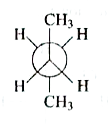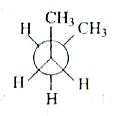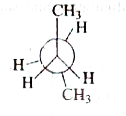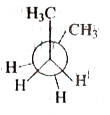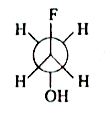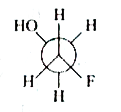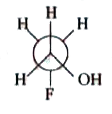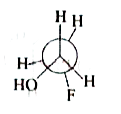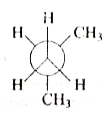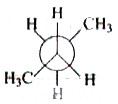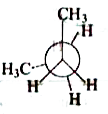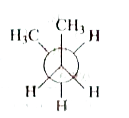A
B
C
D
Text Solution
AI Generated Solution
The correct Answer is:
|
Topper's Solved these Questions
SOLID STATE
NARENDRA AWASTHI ENGLISH|Exercise Level 3 passage -1|1 VideosView PlaylistSOLID STATE
NARENDRA AWASTHI ENGLISH|Exercise Passge-2|4 VideosView PlaylistSOLID STATE
NARENDRA AWASTHI ENGLISH|Exercise Subjective Problems|13 VideosView PlaylistIONIC EEQUILIBRIUM
NARENDRA AWASTHI ENGLISH|Exercise Subjective problems|1 VideosView PlaylistSTOICHIOMETRY
NARENDRA AWASTHI ENGLISH|Exercise Match the Colum-II|6 VideosView Playlist
Similar Questions
Explore conceptually related problems
Knowledge Check
A
B
C
D
Submit
A
B
C
D
Submit
A
B
C
D
Submit
Similar Questions
Explore conceptually related problems
NARENDRA AWASTHI ENGLISH-SOLID STATE-Level-2
- In a planar tetra - atomic molecule, XY(3),X is at the centroid of ...
04:45
|
Play - How many unit cells are present in 5.0 gm of crystal AB (formula m...
03:14
|
Play - The density of CaF(2) (flourtie structure ) is 3.18 g// cm^(3). The l...
04:03
|
Play - A crystal of lead (II) sulphide has NaCl strcuture . In this crys...
05:28
|
Play - CdO has NaCl like structure with density 8.27g//c c. If the ionic radi...
07:00
|
Play - KCl crystallizes int the same type of lattic as done NaCl . Given ...
06:52
|
Play - Ferrous oxide has a cubie structure and edge length of the uint ce...
02:48
|
Play - If an element (at. Mass =50) crystallise in fc lattie ,with a= 0.50...
04:17
|
Play - An element X (At. Wt. =24) forms FCC lattice. If the edge length of la...
05:29
|
Play - In fcc lattice ,A, B, C,D atoms are arranged at corner , face centre...
04:06
|
Play - The distance between an ocatahral and tetrahedral void in fcc lat...
04:54
|
Play - A(2)B molecules(" molar mass " = 259.8 g//"ml") crystallises in a hex...
03:55
|
Play - Graphite has h.c.p arrangements of carbon atoms and the parallel p...
02:54
|
Playing Now - How many effiective Na^(+) and Cl^(-) ions are present respective...
05:50
|
Play - A crystal is made of particles X and Y.X form fcc packing and Y o...
04:58
|
Play - Select right expression for determinig packing fraction (P.F.) of Na...
09:08
|
Play - A crystal is made of particles X,Y and Z.X form fcc packing . Y oc...
07:03
|
Play - A crystal is made of particles A and B . From fcc packing and B...
03:47
|
Play - In the rock salt AB, if C introduced in tetrahedral voids such th...
04:06
|
Play - Given length of side of hexagonal unit cell is (100)/sqrt(2) pm . T...
06:48
|
Play
